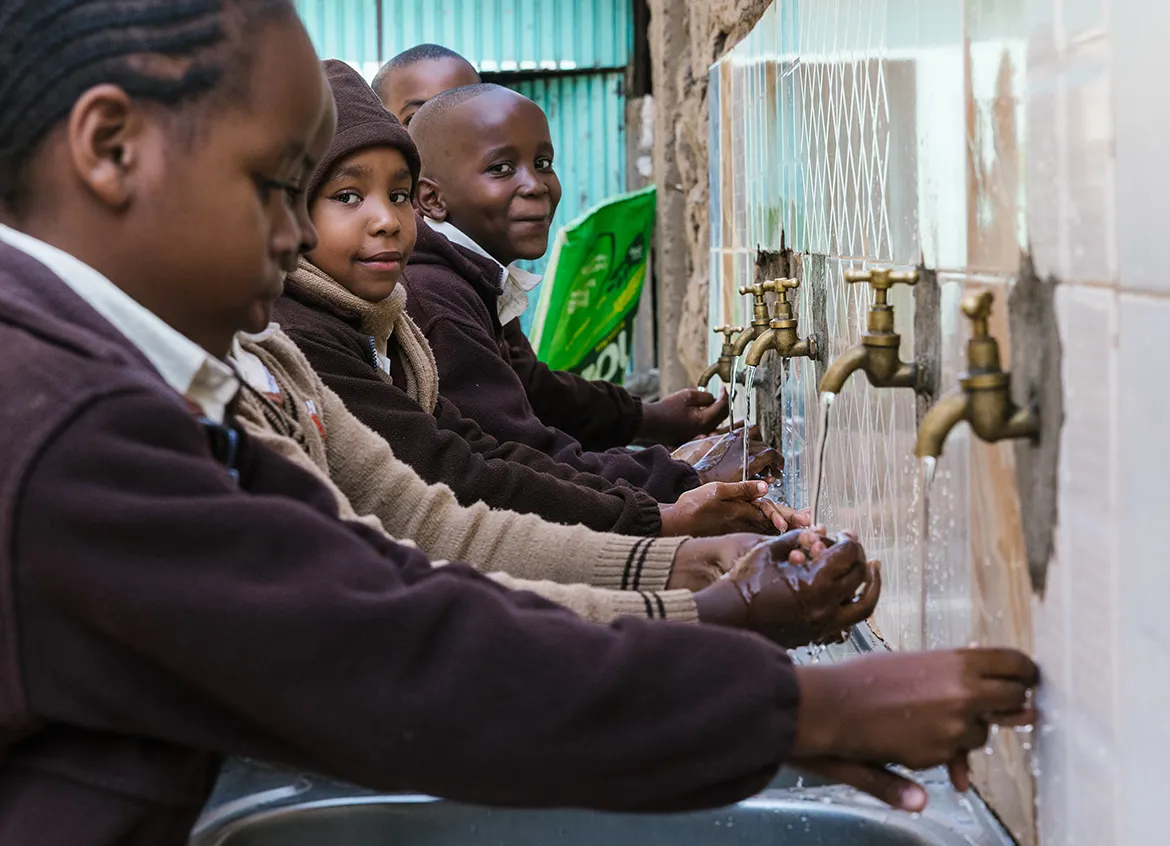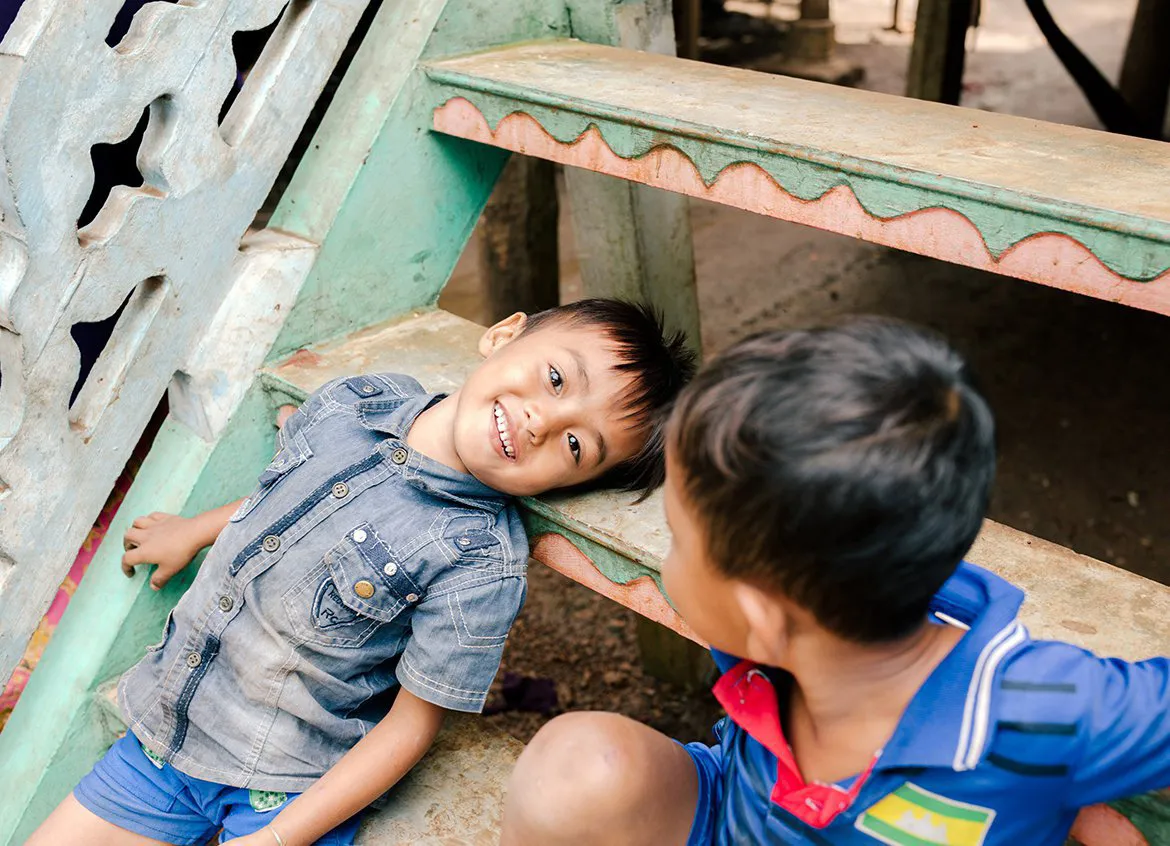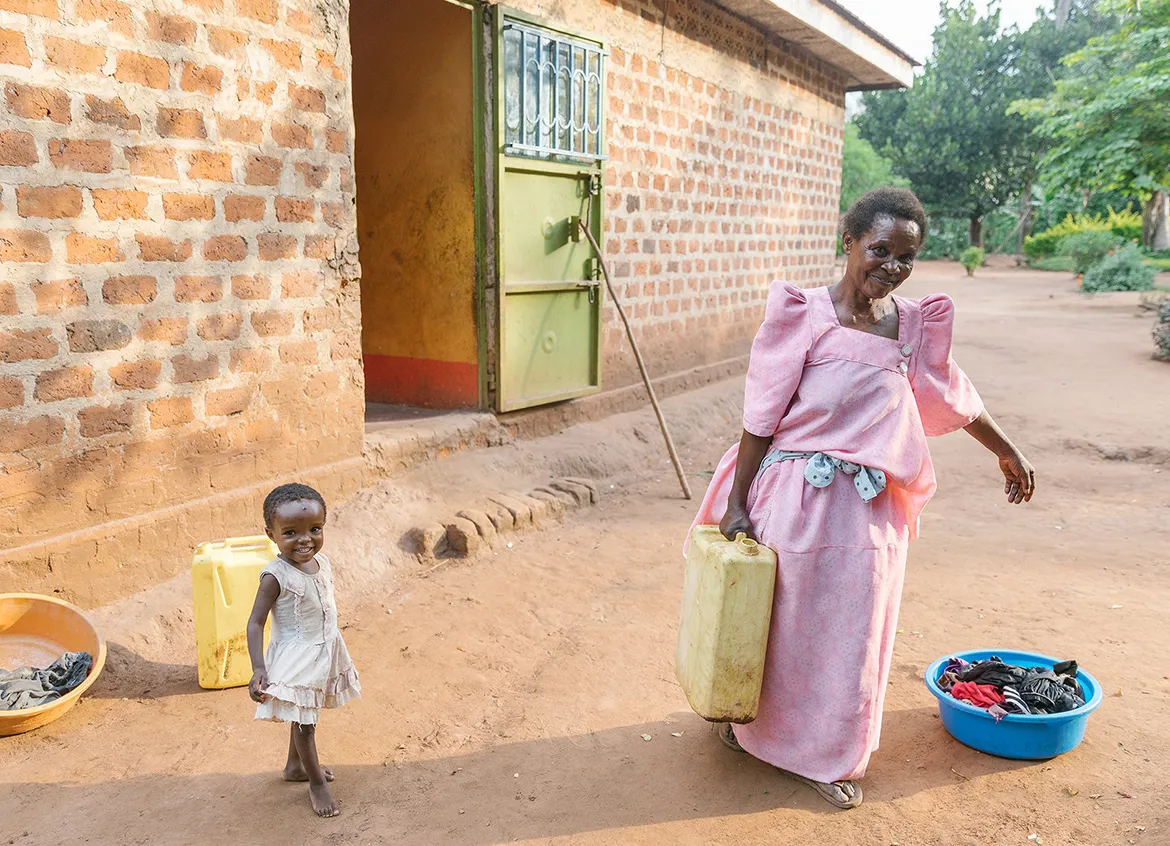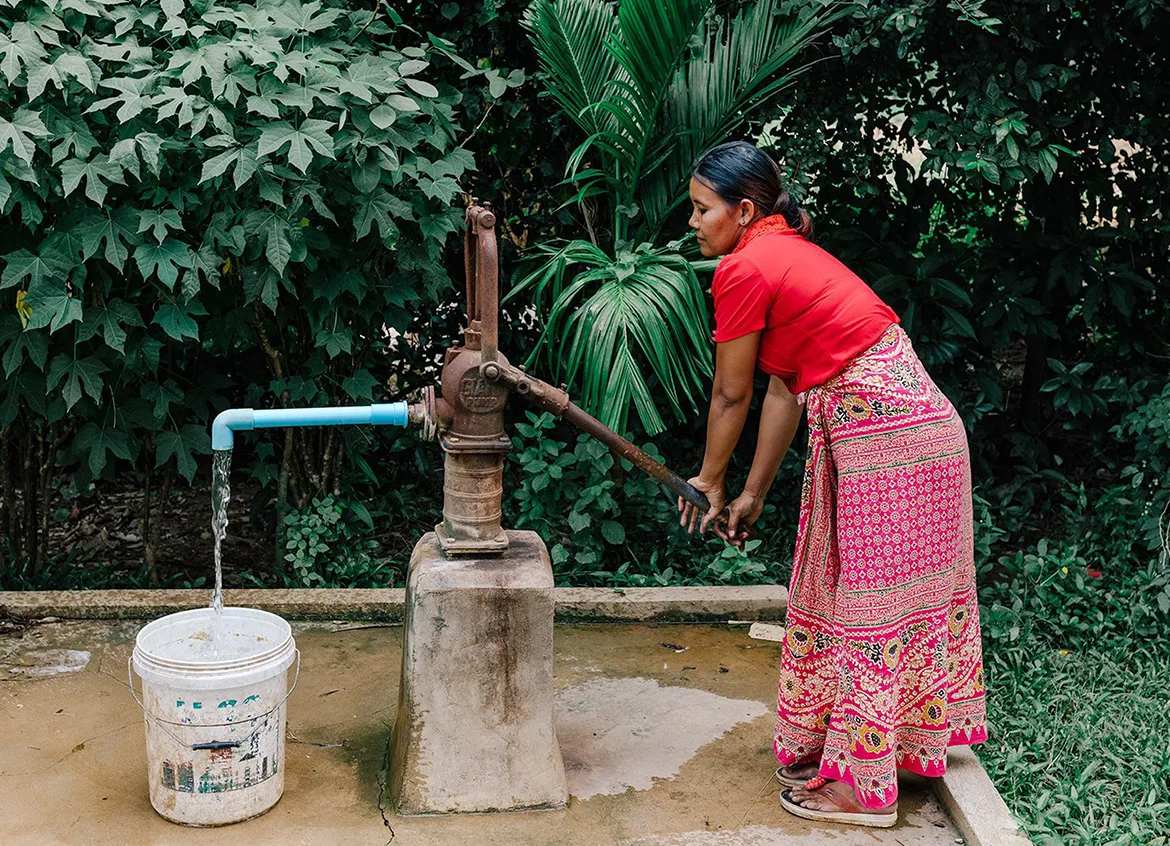A Health Crisis
The water crisis is a health crisis
Globally, 771 million people lack access to safe water and 1.7 billion people don’t have a toilet. Nearly 1 million people die each year from water, sanitation and hygiene-related diseases which could be reduced with access to safe water or sanitation. Lack of access to safe water also affects the physical well-being of women and children who have no choice but to carry heavy vessels long distances. As we face the COVID-19 pandemic, now more than ever access to safe water is critical to the health of families around the world.

Handwashing saves lives
2.3 billion people globally – 3 out of 10 – don’t have access to soap and water to wash their hands at home. Access to safe water directly helps the most vulnerable families around the world prepare and protect themselves from illness and disease. They experience improved health because with safe water they can practice good hygiene like handwashing, and they don't have to leave their homes to collect water.
A children's health crisis
Safe drinking water is critical to the development of a healthy child. It means kids won’t experience water-borne illnesses like typhoid. Diarrhea is one of the top three leading causes of child death and this is often triggered from consuming unclean water. Further, every 2 minutes a child dies from a water-borne disease. Whether they are consuming contaminated water or suffering from dehydration due to diarrhea, a lack of access to safe water is responsible.


A women's health crisis
A lack of access to safe water and sanitation significantly affects the health of women as well. Burdened daily by water collection and finding a place to go, women and girls spend large amounts of time carrying heavy vessels and walking long distances. The physical strain of these activities impacts their health and if pregnant, the health of their unborn children. Improved water, sanitation and hygiene practices lead to improved health for women and girls. It reduces disease, undernutrition, injury from water collection, and stress.
Water is health, water is life
For Sophon, there was nothing beautiful about the water-related burdens she endured much of her life in rural Cambodia. She wanted to end those burdens for her son.
It is for women like Sophon, who aspire to give their babies a healthy start to a beautiful life, that we created WaterCredit. With a small, affordable loan, Sophon and her husband were able to pay for the construction of a rain storage tank and water tap on their property. What was once unsafe to consume and took hours to collect is now available outside their door.

References
- World Health Organization and UNICEF Joint Monitoring Programme (JMP). (2021). Progress on Drinking Water and Sanitation, 2021 Update and MDG Assessment.
- World Health Organization and UNICEF Joint Monitoring Programme (2015). Progress on Drinking Water and Sanitation, 2015 Update and MDG Assessment.
- World Health Organization. (2019). “Children: Reducing Mortality.”
- World Health Organization. (2019). Fact sheet on sanitation
- UNICEF. (2020). Fact sheet: Handwashing with soap, critical in the fight against coronavirus, is ‘out of reach’ for billions
- World Health Organization; UNICEF; USAID. (2016). The Impact of Water, Sanitation and Hygiene on Key Health and Social Outcomes: Review of Evidence
Give water and give families like Sophon’s a healthy start to life.
Donate